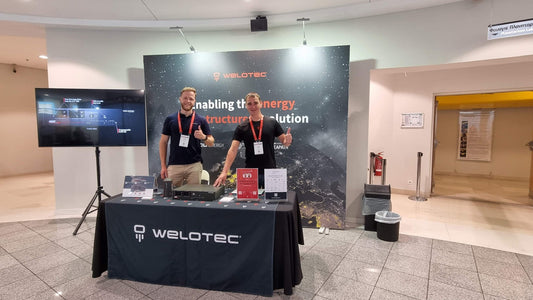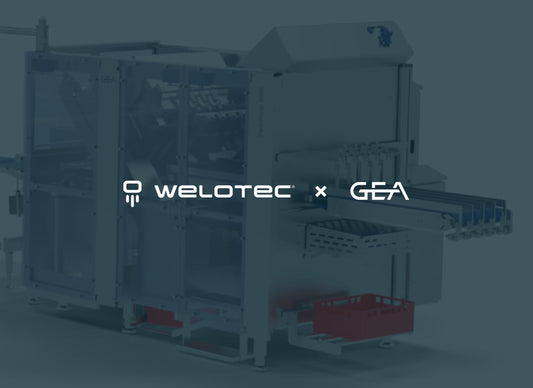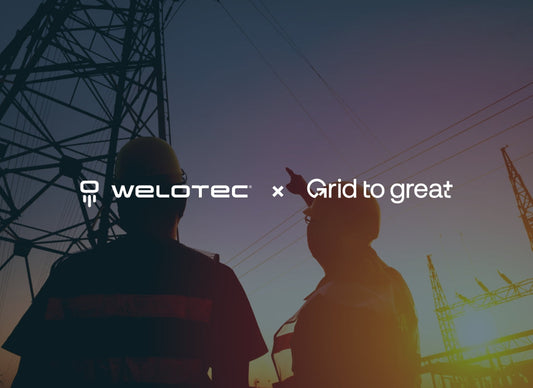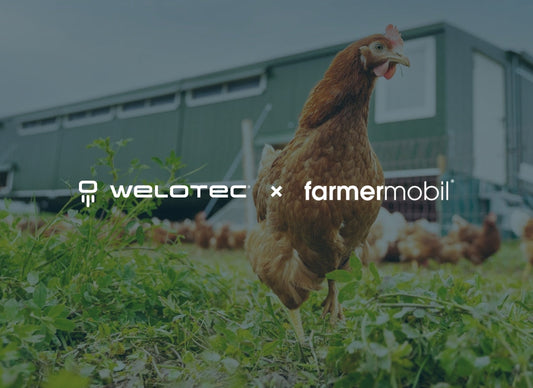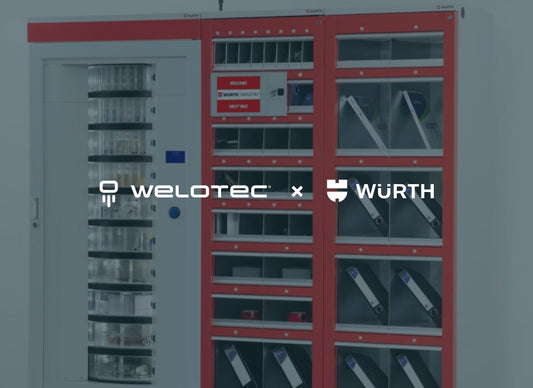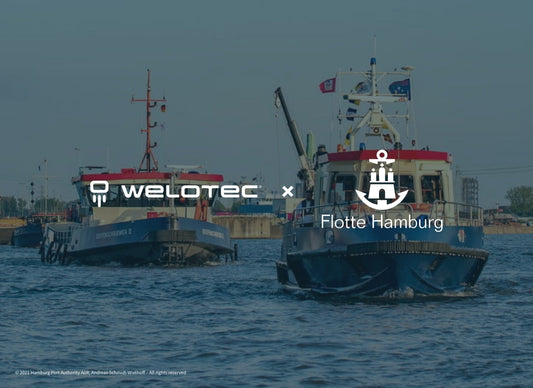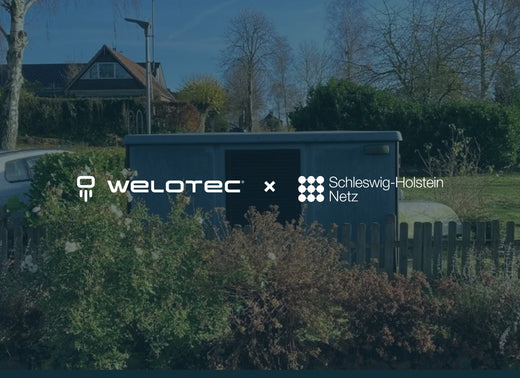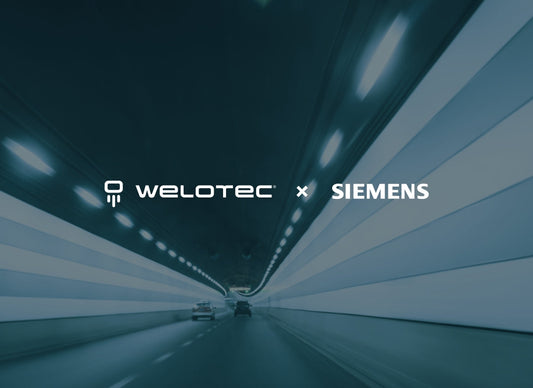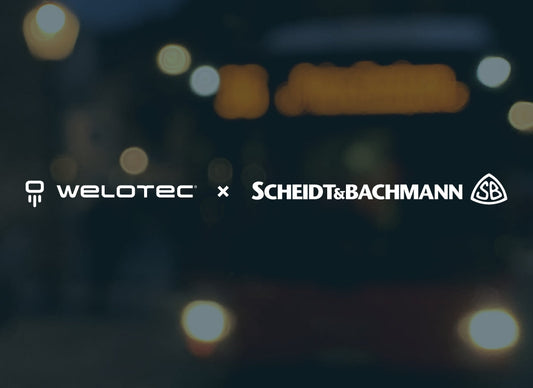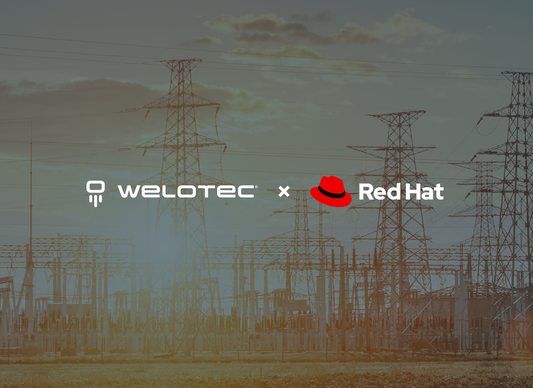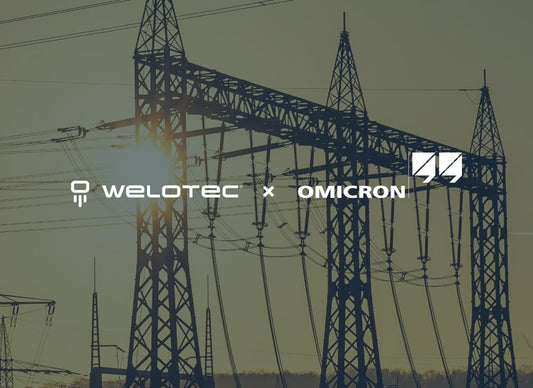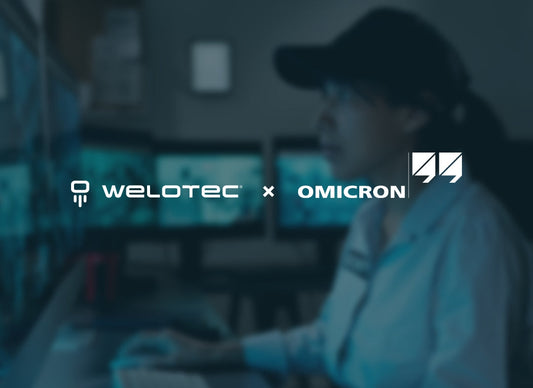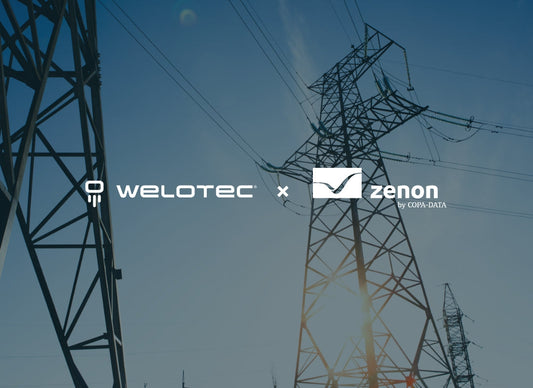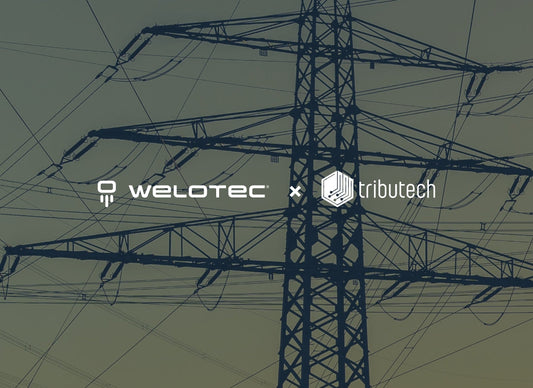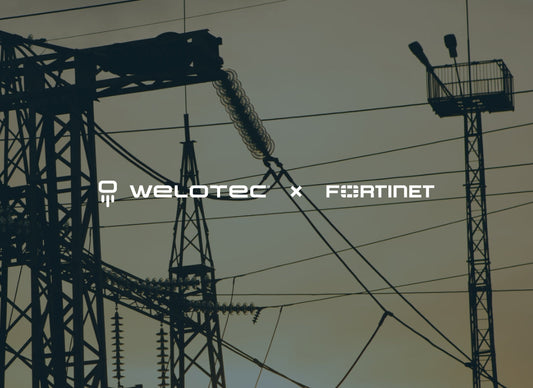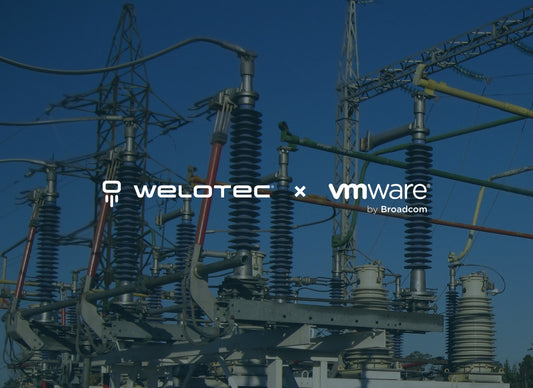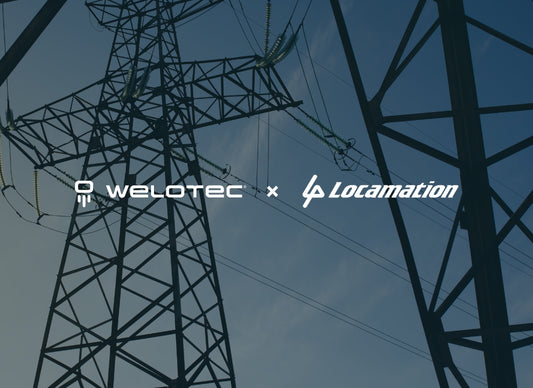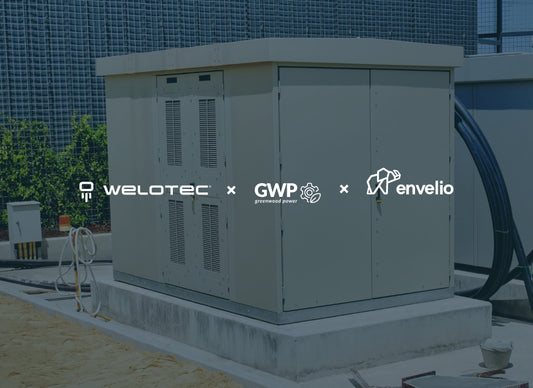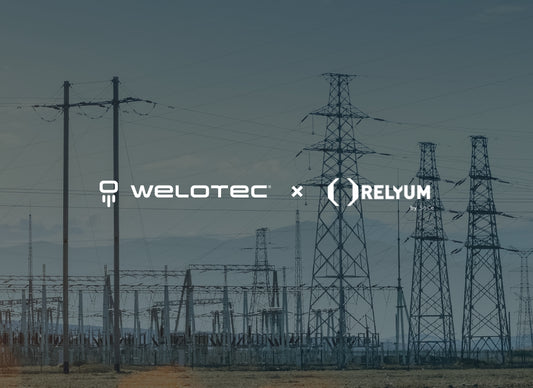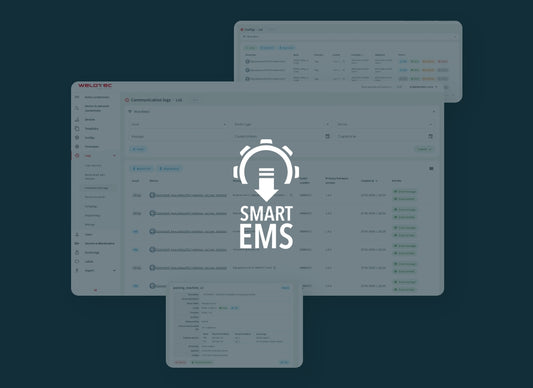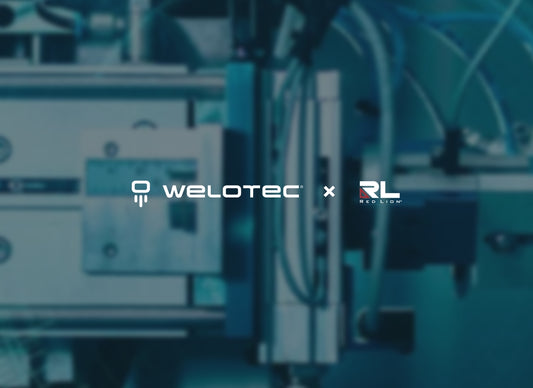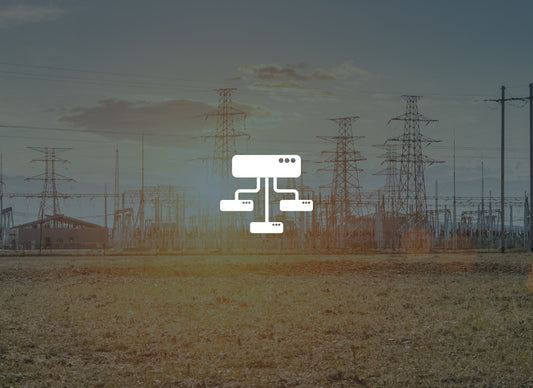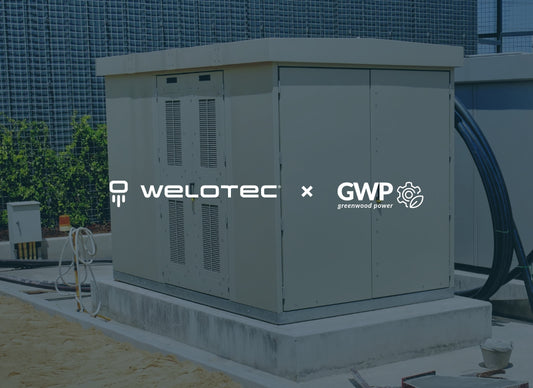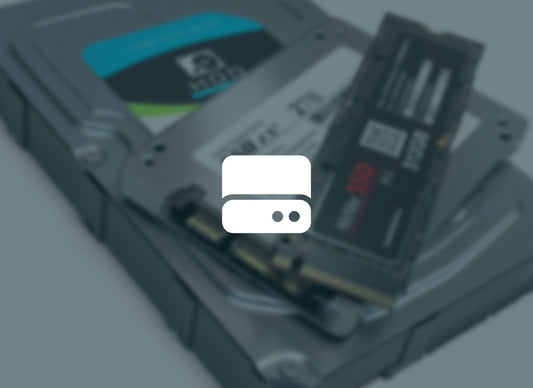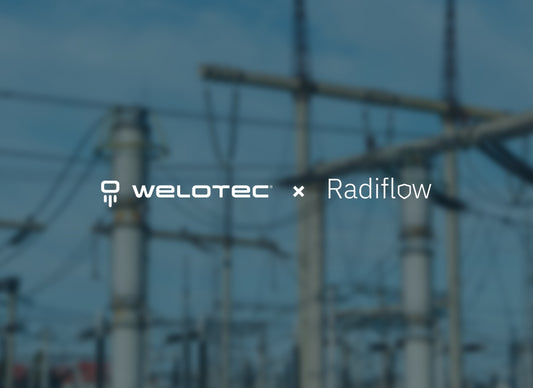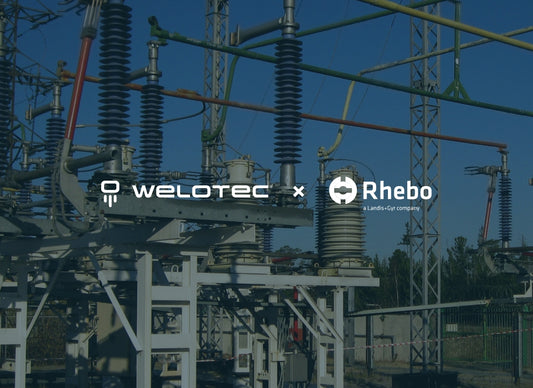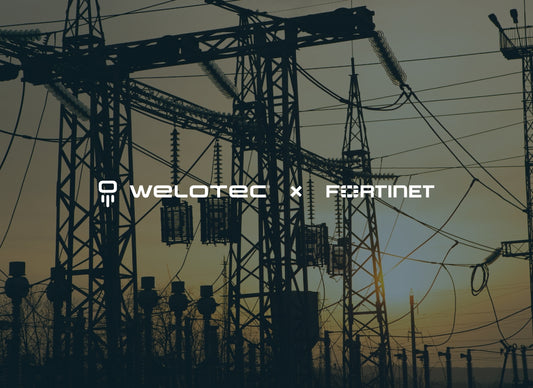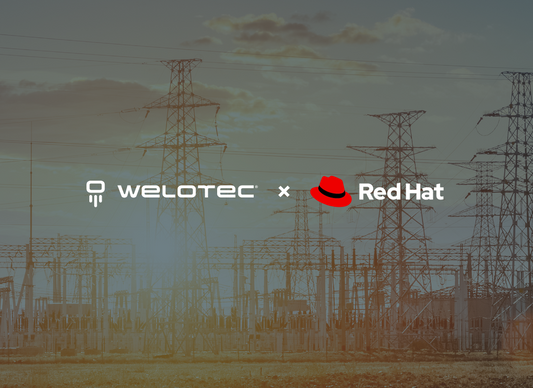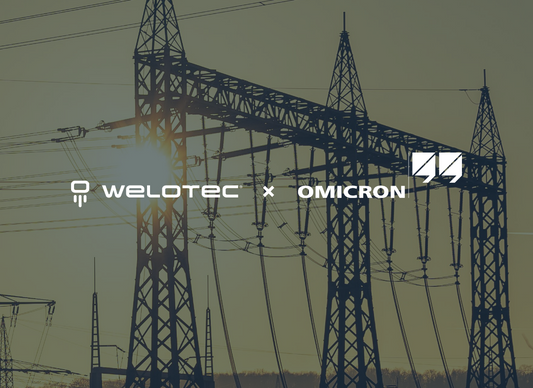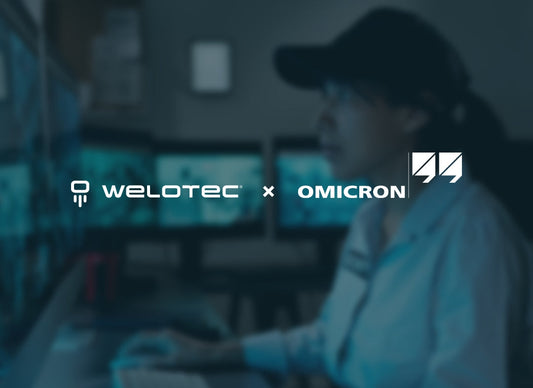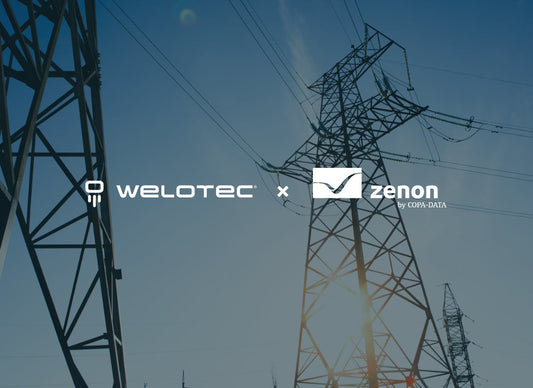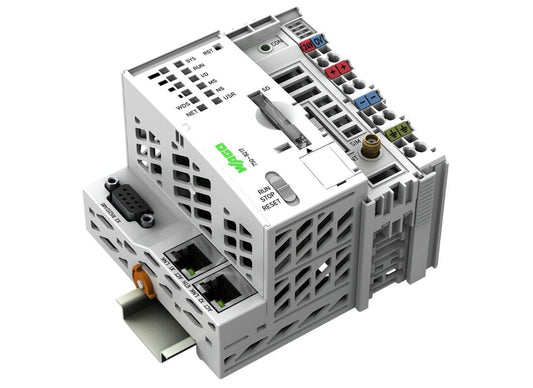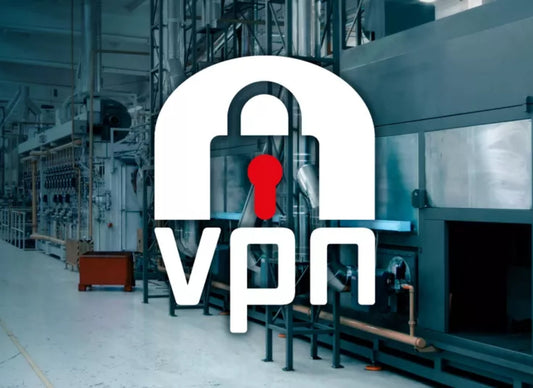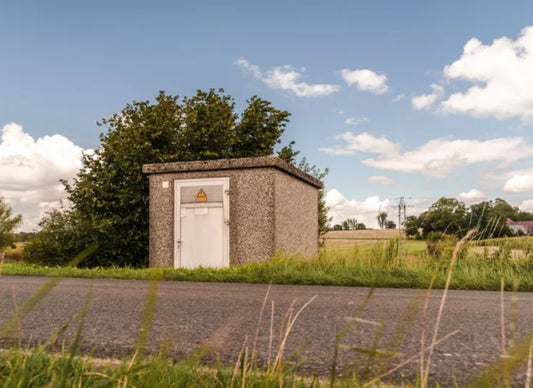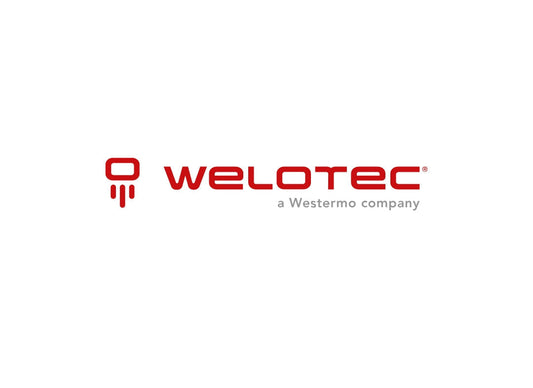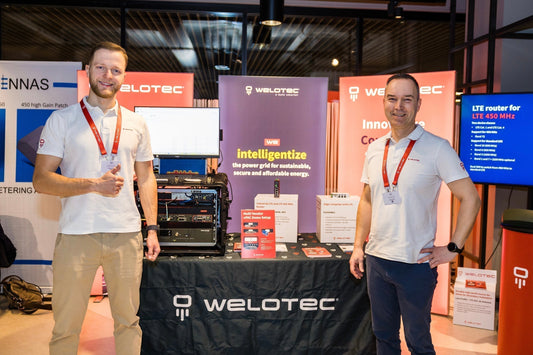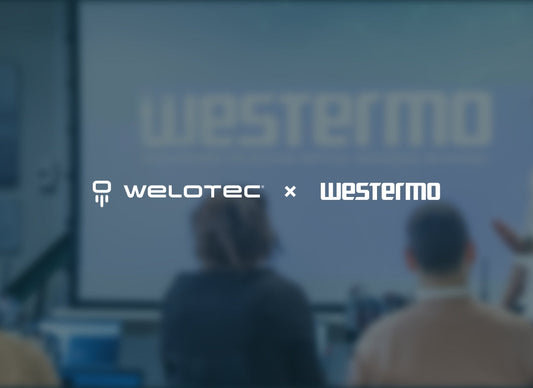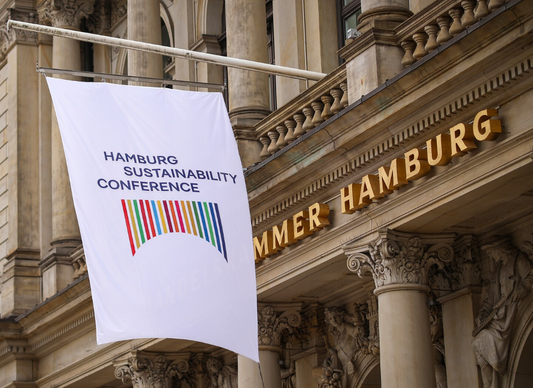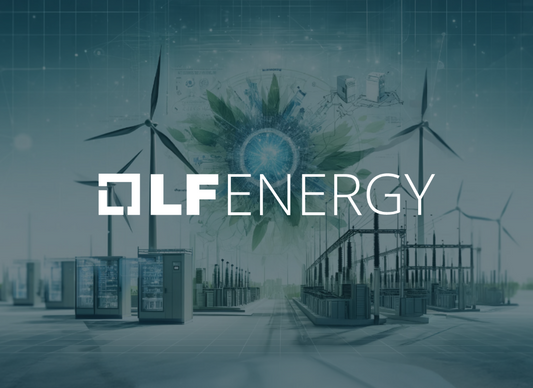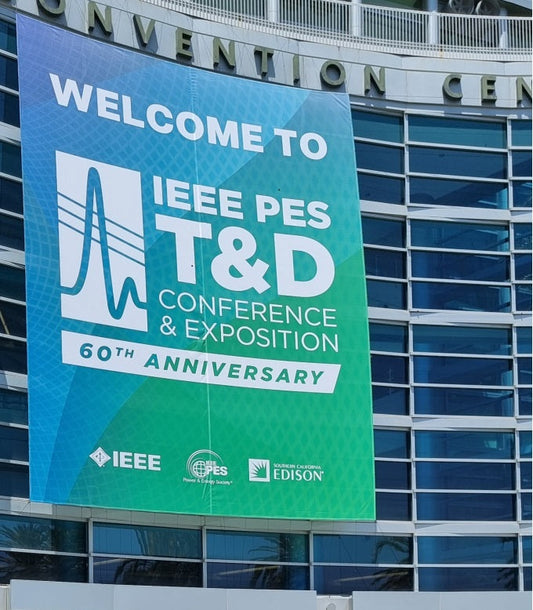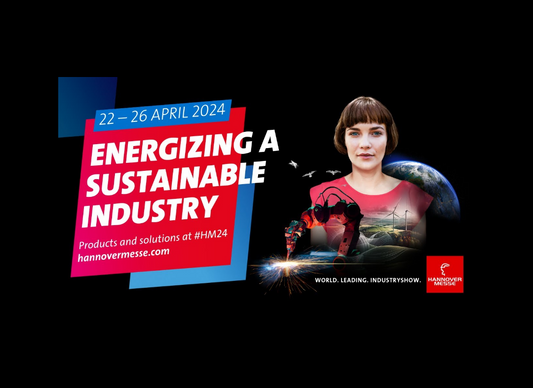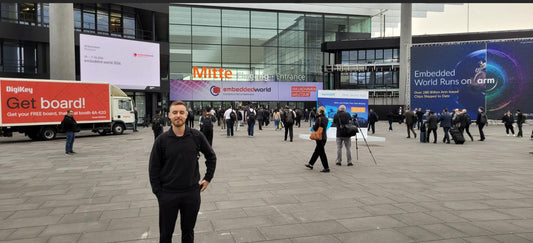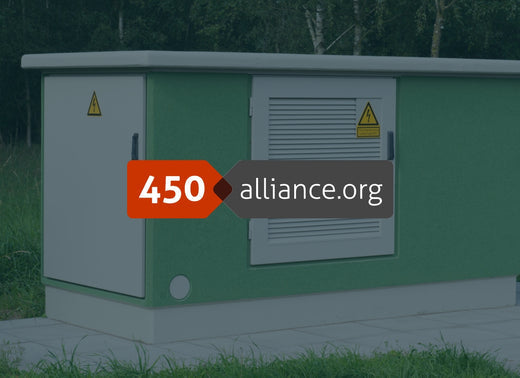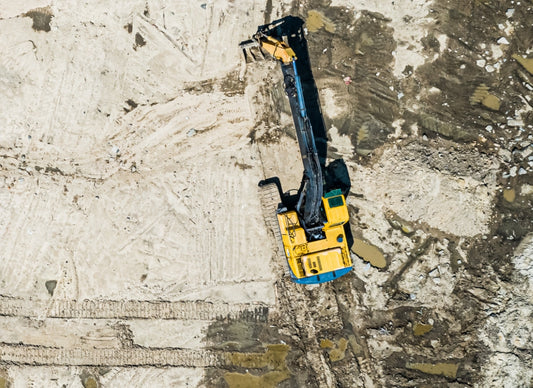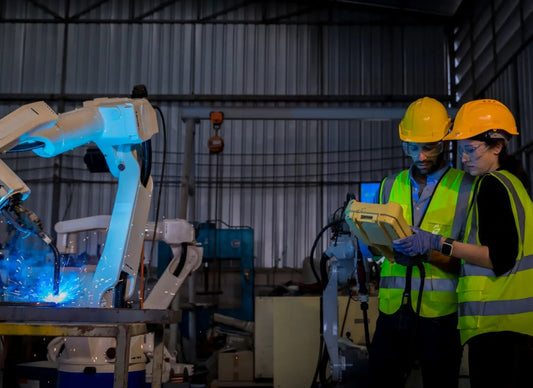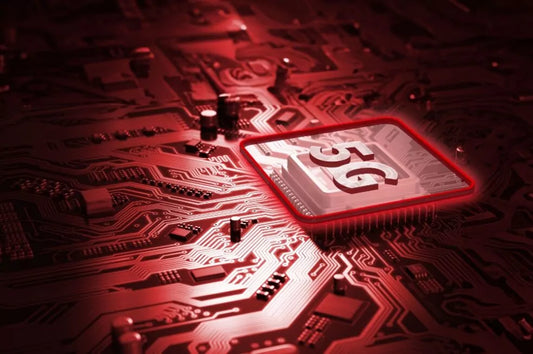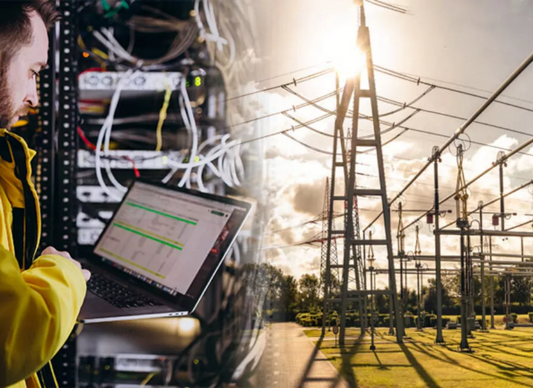Trotz der sengenden Hitze von 35-38°C in Athen war die PAC World Conference 2024 eine Brutstätte der Innovation und des Wissensaustauschs im Bereich des Schutzes und der Automatisierung von Energieanlagen. Mit mehr als 50 aufschlussreichen Vorträgen präsentierte die Veranstaltung die neuesten Fortschritte, von Virtualisierung und Virtual Protection Automation and Control (vPAC) bis hin zu den praktischen Anwendungen der IEC 61850-Normen.Zu den Highlights gehörten die Vorteile digitaler Zwillinge, KI-gesteuerte Fehleranalyse und die Implementierung des IEC 61850-Prozessbusses. Die Modernisierung von Umspannwerken durch Digitalisierung, CPC und vPAC Die Zukunft der digitalen Umspannwerke sieht vielversprechend aus, angetrieben durch Innovation und strategische Industriekooperationen.
Meine wichtigsten Erkenntnisse
- Die Prüfung von vPAC funktioniert wie die Prüfung von IEC 61850 Digital Substations mit konventionellen Geräten
- Virtualisierung und vPAC ist jetzt ein heißes Thema
- Digitaler Zwilling einer IED ist „Firmware“-Virtualisierung
- Weitere Versorgungsunternehmen starten Versuche mit LF Energy Hypervisor SEAPATH
In mehr als 50 aufschlussreichen Präsentationen wurden die neuesten Fortschritte im Bereich des Schutzes und der Automatisierung von Stromnetzen vorgestellt. Aus dieser Fülle an Wissen habe ich einige herausragende Präsentationen ausgewählt, um sie zusammenzufassen. Sie bieten wichtige Einblicke in die innovativen Technologien und Methoden, die unsere Branche prägen.
Verbesserung der Zuverlässigkeit mit virtuellen Replikaten von Schutzrelais

Christopher Pritchard hebt die Vorteile digitaler Zwillinge von Schutzrelais in Stromversorgungssystemen hervor. Diese virtuellen Modelle ermöglichen umfangreiche Tests und Fehlererkennung, bevor physische Hardware eingesetzt wird, was Zeit und Kosten spart. Zu den wichtigsten Anwendungen gehören die Prüfung der Schutzautomatisierung und -steuerung (PAC), die Cybersicherheit und die Automatisierung von Umspannwerken. Digitale Zwillinge ermöglichen eine frühzeitige Fehlererkennung, flexible Tests und eine verbesserte Schulung neuer Mitarbeiter. Trotz ihrer Vorteile werden digitale Zwillinge physische Inbetriebnahmeprüfungen nicht ersetzen, und ihre Akzeptanz hängt von genauen Simulationen und Transparenz ab. Dieser Vortrag unterstreicht die Bedeutung digitaler Zwillinge für die Verbesserung der Zuverlässigkeit und Effizienz beim Schutz von Stromnetzen.
Revolutionierung des Schutzes von Stromnetzen

KI-gestützte Fehleranalyse und Ausfallvorhersage In einem Vortrag von Mladen Kezunovic von der Texas A&M University wird die Integration von maschinellem Lernen (ML) und künstlicher Intelligenz (KI) in Anwendungen zum Schutz und zur Steuerung von Stromversorgungssystemen (PAC) untersucht. Die Studie befasst sich damit, wie verschiedene Daten, einschließlich Synchrophasor- und Umgebungsdaten, zur Verbesserung der Fehleranalyse und zur Vorhersage von Ausfallrisiken genutzt werden können. In Übertragungsnetzen ermöglichen ML/AI-Techniken die Echtzeitanalyse von Fehlern und unterstützen die Betreiber bei der Entscheidungsfindung. In Verteilernetzen helfen Prognosemodelle bei der Vorhersage und Minderung von Ausfallrisiken, die durch Umweltfaktoren verursacht werden. Dieser automatisierte Ansatz bietet eine konsistente, groß angelegte Datenanalyse, die den Betreibern von Versorgungsnetzen und PAC-Ingenieuren eine bessere Entscheidungsfindung ermöglicht.
Erfahrungen mit der IEC 61850 Prozessbus-Implementierung in Umspannwerken

Dieser Vortrag von Andres Touya (UTE) befasst sich mit der Implementierung des IEC 61850 Prozessbusses in den elektrischen Übertragungsstationen Uruguays.
Die wichtigsten Erkenntnisse sind:
- Schrittweise Einführung: Die schrittweise Einführung gewährleistet reibungslose Übergänge und einen kontinuierlichen Betrieb
- Erweiterte Überwachung: Effektive Werkzeuge und Strategien zur Fehlerbehebung erhöhen die Zuverlässigkeit des Systems
- Erhöhte Sicherheit: Der Einsatz von Glasfasern verbessert die Effizienz und Sicherheit des Datentransports
- Flexibilität: Die neue Architektur ermöglicht einen besseren Datenaustausch und die Integration zukünftiger Technologien
- Zusammenarbeit mit Lieferanten: Die Zusammenarbeit mit Lieferanten hilft bei der raschen Lösung von Problemen
- Systemkenntnisse: Tiefe Einbindung in Design und Implementierung verbessert Wartung und Management
- Zukunftssicher: Legt den Grundstein für vollständig digitale Umspannwerke und fortschrittliche Steuerungssysteme
Verbesserte IEC 61850-Entwicklung mit LF Energy CoMPAS und OpenSCD

Davood Sooran von Alliander und Tamás Russ von SprintEins stellen LF Energy CoMPAS und OpenSCD als transformative Lösungen für die IEC 61850-Entwicklung vor. Diese Werkzeuge bieten ein herstellerunabhängiges, quelloffenes Ökosystem für die Bearbeitung der System Configuration Language (SCL), das die Herausforderungen der Standardisierung und der Herstellerbindung angeht. OpenSCD verfügt über eine benutzerfreundliche Weboberfläche und eine Plug-in-Architektur, die die Flexibilität und Effizienz erhöht. CoMPAS bietet in Zusammenarbeit mit OpenSCD ein zentralisiertes SCL-Datenverwaltungssystem, das ein gemeinschaftliches, gemeinschaftsgetriebenes Entwicklungsmodell fördert. Dieser Ansatz beschleunigt die Energiewende durch die Rationalisierung des Entwicklungsprozesses und die Förderung strategischer Industriepartnerschaften. Die erfolgreiche Implementierung bei Alliander zeigt die unmittelbaren Vorteile und Effizienzgewinne dieser Zusammenarbeit und unterstreicht die Bedeutung von Erweiterbarkeit und Anpassungsfähigkeit bei zukünftigen technischen Lösungen.
Die wichtigsten Erkenntnisse über virtuelle Schutzsysteme

Glenn Wilson von Southern Company gab Einblicke in die Einführung von virtuellen Schutzsystemen. Er ging auf die Virtualisierung ein und erläuterte den Unterschied zwischen Hypervisoren des Typs 1 und des Typs 2 sowie deren Bedeutung für moderne Schutzsysteme. Glenn hob die Vorteile der Virtualisierung wie Flexibilität, Plattformunabhängigkeit und einfache Erweiterbarkeit hervor. Er ging auch auf die Herausforderungen ein, wie die Verwaltung der Leistung, die Anpassung der BIOS-Einstellungen und die kritische Zuordnung von E/A und CPUs. Auch andere virtuelle Maschinen können die Leistung beeinflussen. Zu den Tipps gehören die Verwendung von Benchmarks für virtuelle Systeme, eine gründliche Leistungsüberwachung und die Aktualisierung von Standards zur besseren Anpassung an die Virtualisierung. Ziel ist es, die Verfügbarkeit und Effizienz von Schutzsystemen zu erhöhen.
Interoperabilitätsebenen für die Kopplung von „Third Party IED“ mit R#SPACE

Die Präsentation beschreibt das R#SPACE-Projekt von Rte, das darauf abzielt, vollständig digitale, herstellerübergreifende Schutz-, Automatisierungs- und Steuerungssysteme (PACS) auf der Grundlage der IEC 61850-Normen zu implementieren. Der Interoperabilitätsrahmen von R#SPACE ist so konzipiert, dass sowohl im Rahmen von R#SPACE erworbene als auch im Rahmen anderer Projekte erworbene Intelligente Elektronische Geräte (IEDs) integriert werden können - die im Rahmen anderer Projekte erworbenen Geräte werden als 3rd-Party-IEDs bezeichnet. Es werden drei Interoperabilitätsstufen definiert: Basis (N0), Zwischenstufe (N1) und vollständige Stufe (N2), jeweils mit spezifischen Anforderungen an Konfiguration, Datenmodelle, Kommunikation, Zeitsynchronisation und Überwachung. Volker Leitloff beleuchtet die Herausforderungen und Lösungen bei der Anbindung von IEDs von Drittanbietern und stellt die funktionale und nicht-funktionale Interoperabilität innerhalb des R#SPACE-Ökosystems sicher.
Testen von CPC und vPAC mit Echtzeitsimulator

Marco Nunes von ABB gab einen umfassenden Überblick über die Modernisierung von Umspannwerken durch Digitalisierung und Virtualisierung (CPC und vPAC). Er beschrieb die Entwicklung von konventionellen zu zentralisierten Unterstationen und hob die Fortschritte in der Kommunikationsinfrastruktur mit IEC 61850-Standards hervor. Er verglich die traditionelle physische Prüfung mit der dynamischen, modellbasierten Prüfung und betonte die Effizienz und Echtzeitfähigkeit der letzteren.


